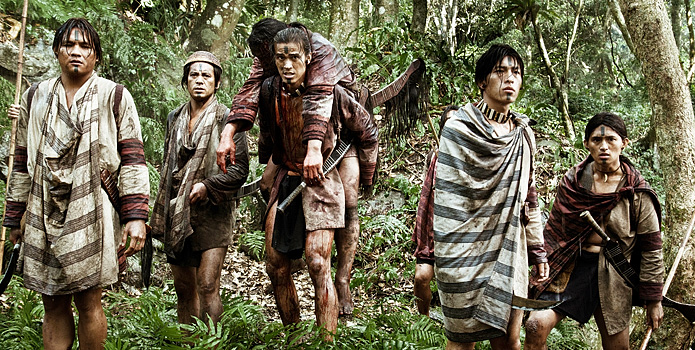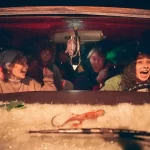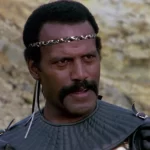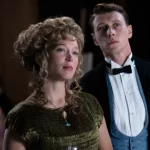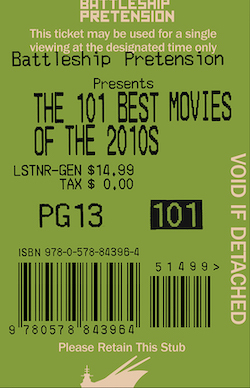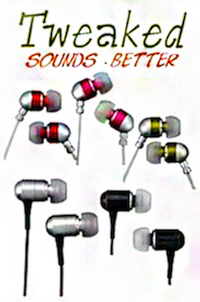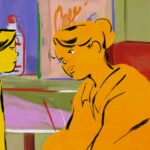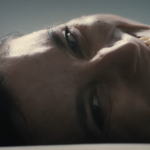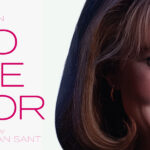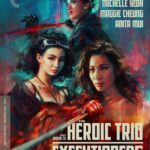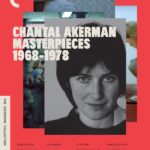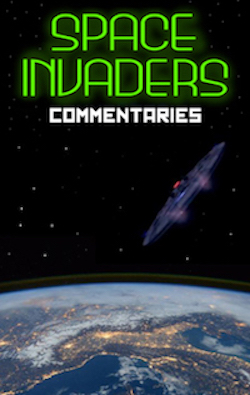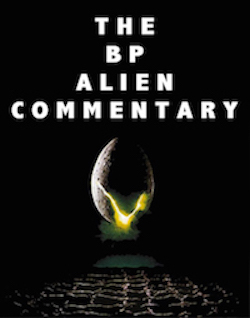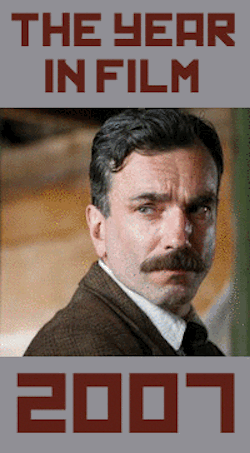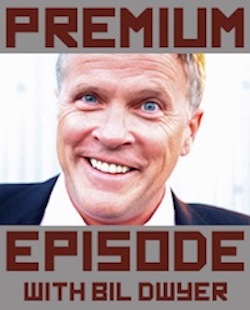Empty Headed, by David Bax
It’s a challenge to review a movie when you’ve really only seen part of it. Wei Te-Sheng’s Warriors of the Rainbow: Seediq Bale was released in Taiwan in two parts, totaling about 4 ½ hours. Here, it’s been condensed and combined into a single, 2 ½ hour film. Though I’m curious as to what I missed, I can’t imagine the movie’s faults would be lessened by its being longer.
For such a hefty endeavor, the story is surprisingly straightforward. We are introduced to the native Seediq tribesmen of Taiwan. They are a headhunting culture and Mona Rudao is a brash, young warrior of one particular tribe. 25 years later, that tribe and all the others in the area are under Japanese colonial rule. Mona Rudao is older now and less cocksure but still a commanding presence; commanding enough to rally many of the other nearby tribes – enemies for generations – to band together and fight back against the Japanese.
Perhaps you’re thinking that this man sounds like the Seediq version of William Wallace. Unfortunately, that’s what the film thinks too. The comparisons to Braveheart are more than just coincidental. The beauty of the natural landscape and the way it both clashes with and enhances the stomach-churning violence on screen – all presented in the rich palette of a desktop screensaver – would no doubt make Mel Gibson proud. But that 1995 film, for all its faults, tapped entrancingly into our primal urges in its more kinetic scenes. Warriors of the Rainbow, despite the presence of nearly nonstop action in its second half, seems to have trouble getting up and going.
One aspect onto which I could grasp was the unflinching depiction of the everyday brutality of the Seediqs’ ways of life. These are the good guys but the film makes no excuses for their deadly practices. Warriors of the Rainbow may possess the highest beheading count of any film I’ve ever seen. There are beheadings in the midst of battle, post-kill trophy beheadings, noble beheadings of mercy and many more subcategories of decapitation. Additionally, however, the bleak realities of their lives and the fatalism with which they conduct not only battle but nearly everything else are sobering. The film has also got to be high in the running for most honor-based suicides. Still, all that is leaving out the other atrocities I won’t describe here.
Perhaps the film feels more violent that it was intended to because of the edits made for American release. My guess would be that it was mostly dialogue and other character-based scenes that were excised. As it stands now, the entire second half is essentially battle scene after battle scene. Wei Te-Sheng deserves credit for keeping the action from becoming deadening but the cuts do present problems. Toward the end of the film, there are numerous deaths of characters that were clearly intended to have greater effect than they do. Unfortunately, the view barely knows who most of the people in the movie are.
Wei Te-Sheng has no problem filling 150 minutes of run time with above-average combat elements. Yet the film still feels hollow. I didn’t walk away from it knowing much more about Japanese colonialism than I did before. More tragically, I left understanding almost nothing of substance about the Seediq tribes. For all its bombast, Warriors of the Rainbow: Seediq Bale doesn’t come close to containing 2 ½ hours worth of insight, much less 4 ½.

